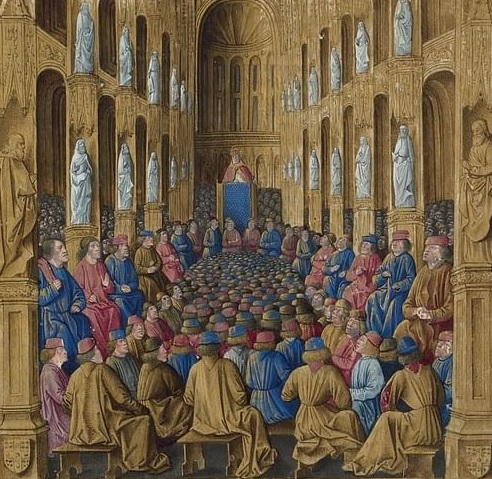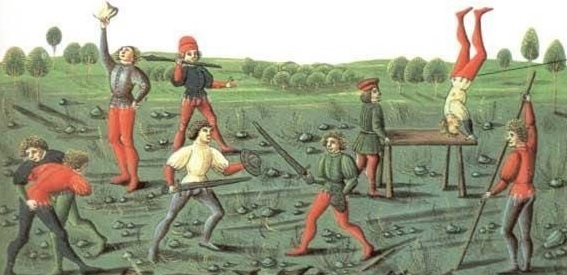The daily life of a noble in the Middle Ages was one filled with both luxury and responsibility. From the early morning hours, when they attended mass at the local church, until the evening, when they dined on lavish feasts and enjoyed entertainment, a noble’s day was a busy one.
In this article, we will explore the various activities and responsibilities that filled a noble lord’s day, including managing their lands and tenants, participating in leisure activities and military campaigns, and serving their communities.
We will also dive into the evening rituals of dining and entertainment that marked the end of a noble’s day. Through a closer examination of the daily life of a noble in the Middle Ages, we can gain a deeper understanding of the culture and society of the time.
Morning
During the Middle Ages, a noble’s day would typically begin early, often before dawn. After waking and dressing, the noble would attend mass at the local church. This was an important part of their daily routine, as it was believed to be a way to honor God and seek his protection and guidance.

After mass, the noble lord would return home for breakfast, which might consist of bread, cheese, and ale. Once their morning meal was finished, they would begin their daily duties and responsibilities.
Nobles were expected to manage their lands and tenants effectively, which might include overseeing peasants, collecting rent and taxes, and maintaining their estates – which they usually did in the mornings. They were usually also involved in diplomatic or political negotiations, and participate in military campaigns by leading armies or serving as advisors.
Afternoon
In the afternoon, a noble had the opportunity to engage in leisure activities to relax and unwind after a morning of duties and responsibilities. These activities, more often than not, included hunting, which was a popular pastime among the aristocracy.
Lords also often engage in falconry, which involved training and hunting with birds of prey. Horseback riding was also a popular leisure activity, as it allowed nobles to enjoy the outdoors and practice their equestrian skills.

In addition to these leisure activities, some lords chose to spend this time practicing their swordsmanship or archery skills. These skills were important for warfare, and it was expected that a noble would be proficient in at least one of them. They might spend hours each day practicing with a sword or bow and arrow, honing their skills and preparing for battle.
Related article: What did Lords do for fun?
Evening
Evenings for a noble in the Middle Ages were often spent in the great hall of their castle or manor house. This was the largest and most impressive room in the house, and it was where the noble and their household would gather to eat and socialize.
Dinner, which was the main meal of the day, was a lavish affair. The noble lord and their guests would dine on a variety of roast meats, vegetables, and baked goods. The food typically included roast beef, pork, chicken, or lamb, as well as vegetables such as peas, beans, and carrots. Baked goods included bread, pastries, and pies. The meal would be served on platters and shared by all those in attendance.
After dinner, the noble and their guests often engaged in entertainment such as music, dancing, or storytelling. Musicians played instruments such as lutes, harps, or flutes, and the noble and their guests danced to the music. Storytelling was also a popular form of entertainment, and the noble might invite a professional storyteller to entertain the group with tales of adventure and romance.
Conclusion
The daily routine of a lord in the Middle Ages included various duties and responsibilities, such as participating in military and diplomatic affairs and engaging in leisure activities. In the evening, they enjoyed lavish feasts and entertainment with their household and guests.
Although this way of life was privileged, it also came with challenges and expectations.
